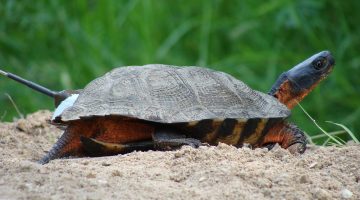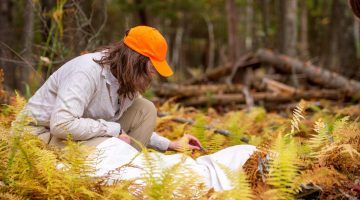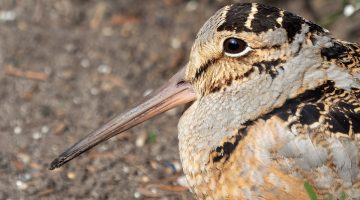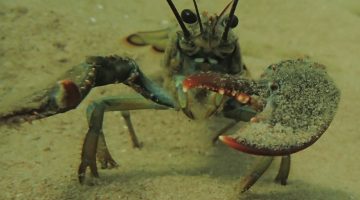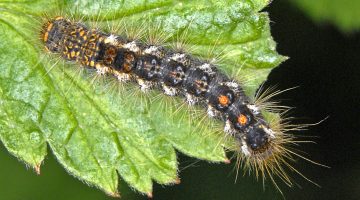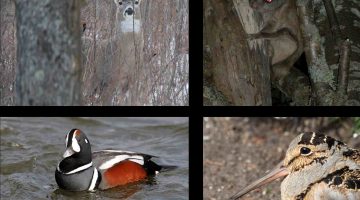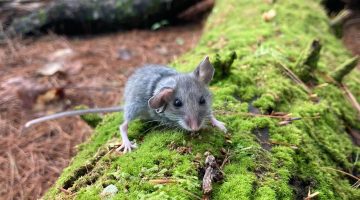Canines sniffing out wood turtles for science
Check out WABI-TV5’s piece on Dr. Matthew Chatfield’s unique method for locating the subject of his research in the field. Partnering with the Center for Wildlife Studies, Chatfield and his team use trained dogs to locate endangered wood turtles (Glyptemys insculpta).
Read more
